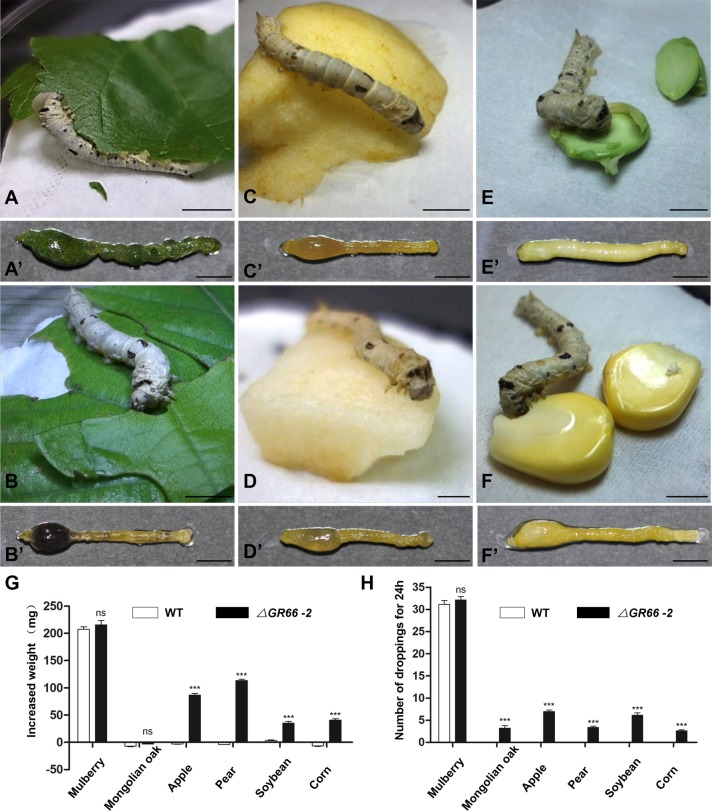Fig 3. The feeding preference of the ΔGR66-2 line was expanded.
The newly moulted fifth-instar larvae of ΔGR66-2 after 24 h of starvation ate mulberry leaves (A), Mongolian oak (B), apple (C), pear (D), soybean (E), and corn (F). (G) ΔGR66-2 fed on apple, pear, soybean, and corn showed a significant increase in weight when compared to WT animals fed on the same materials. The midguts of ΔGR66-2 after 24 h of starvation showed that the animals ate mulberry leaves (A’), Mongolian oak (B’), apple (C’), pear (D’), soybean (E’), and corn (F’). Scale bars: 50 mm in A, A’, B, B’, C, C’, D, D’, E, E’, F, and F’. (G) ΔGR66-2 fed on apple, pear, soybean, and corn showed a significant increase in weight when compared to WT animals fed on the same materials. The WT and ΔGR66-2 larvae fed on Mongolian oak did not show an increased body weights after 24 h of feeding. (H) Number of droppings (per larva) from larvae fed on mulberry, Mongolian oak, apple, pear, soybean, and corn at 24 h after initiation of feeding. The data shown were the mean ± SEM (n = 18 silkworms). The asterisks indicated significant differences as calculated by a two-tailed t-test: ns (not significant), ***P < 0.001. Underlying data can be found in S1 Data. GR66, gustatory receptor 66; SEM, standard error of the mean.

